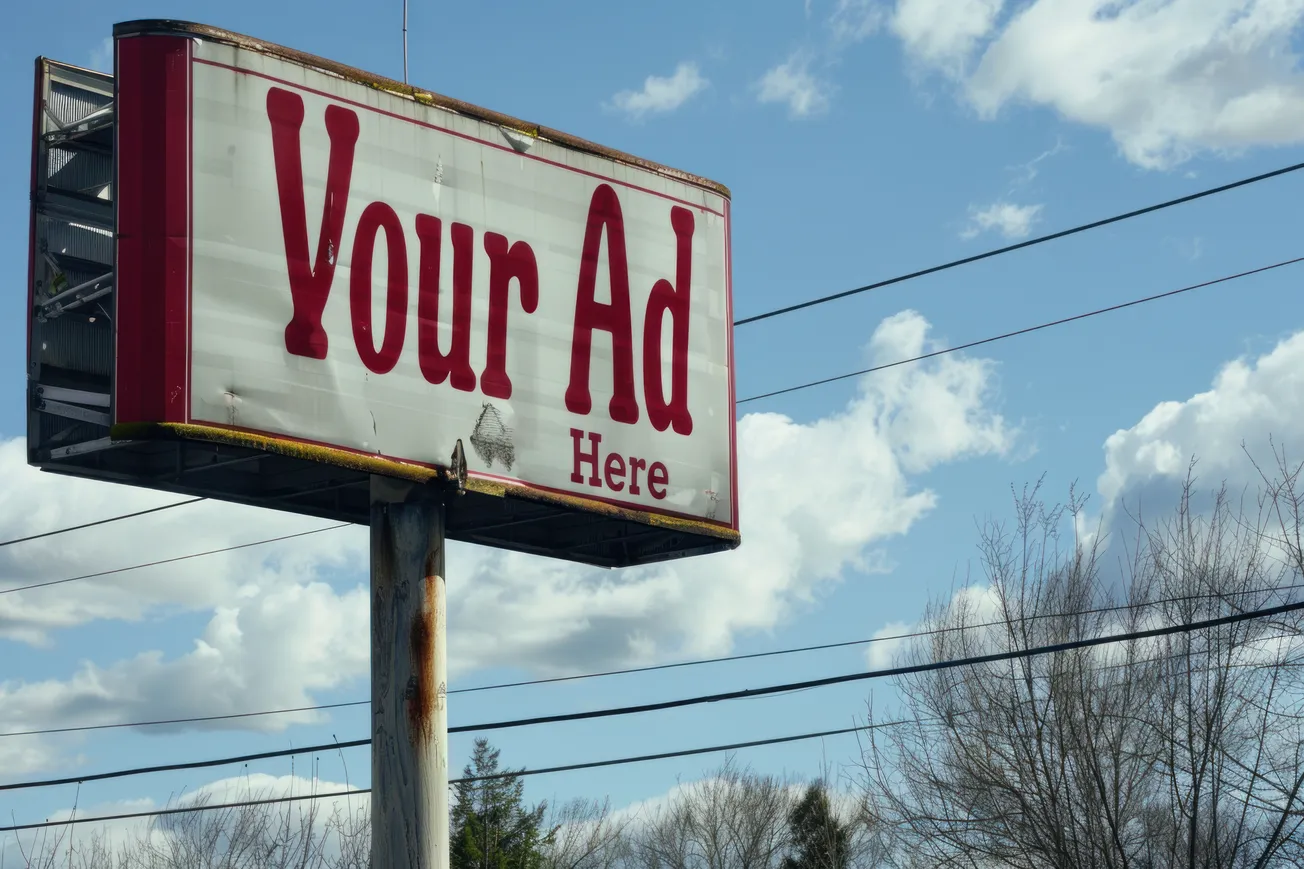As podcasting continues to grow in 2024, advertising trends within the industry are shifting towards more refined strategies, higher CPM (cost per thousand impressions) rates, and dynamic ad insertion.
These changes are driven by increased competition for ad space, more diverse content offerings, and a growing recognition of podcasting’s unique engagement with audiences.
CPM rates are one of the most important metrics in podcast advertising, as they determine how much advertisers pay per thousand listens.
In 2024, average CPM rates for podcast ads range between $18 to $50, depending on factors such as the show's genre, the placement of the ad, and the size of the audience. According to reports from Magellan AI and Inside Radio, podcast ads that are host-read tend to command higher CPMs, often in the range of $25 to $50. Host-read ads are highly sought after because listeners perceive them as more authentic and engaging.
For pre-recorded ads, particularly those inserted programmatically, the CPM tends to be lower, typically between $18 and $30, as these ads are less personalized and do not benefit from the trust built between hosts and their audiences. This difference highlights the continued preference for ads that are integrated into the podcast’s content rather than served as standard commercials.
As video podcasting continues to grow in popularity, advertisers are increasingly integrating visual components into their campaigns. In 2024, 79% of podcast listeners reported consuming video podcasts, and many of these platforms, like YouTube, offer visual ad formats in addition to traditional audio ads.
Video podcasts allow brands to create more immersive experiences, using both audio and visual cues to engage listeners. This has led to higher engagement rates and a growing number of advertisers looking to explore video podcast formats.
Visual ads are particularly effective in driving brand awareness and recall, as they leverage the same storytelling techniques used in traditional video advertising. For brands, this trend has created new opportunities to reach audiences in both audio and video formats simultaneously.
One of the most significant trends shaping podcast advertising in 2024 is the rise of dynamic ad insertion. With DAI, ads can be automatically inserted into podcast episodes based on listener data, ensuring that the right ad reaches the right audience at the right time.
This technology allows for more targeted advertising, increasing the value of each impression. In fact, 90% of podcast ad revenues are now generated through dynamic ad insertion.
DAI has proven particularly effective for advertisers looking to scale campaigns across large networks of podcasts, as it allows them to adjust ads in real time without needing to alter the core content of the podcast. Additionally, it opens the door for brands to target listeners based on geography, device type, or even time of day, further enhancing the relevance of the ads.
Programmatic advertising, driven by artificial intelligence, is also making a big impact on podcast advertising. AI tools analyze listener behaviors and preferences to optimize ad placements, ensuring that the most relevant ads are served to each listener. Platforms like Magellan AI provide detailed insights into the performance of ads, allowing advertisers to refine their strategies based on real-time data.
This shift towards data-driven advertising is helping brands achieve better ROI, as they can reduce waste by only paying for ads that are served to their target demographic. AI-powered ad platforms also enable advertisers to experiment with different ad formats, placements, and even episode lengths to determine what resonates most with their audience.
As more brands enter the podcast advertising space, they are becoming increasingly selective about the types of content they associate with.
In 2024, comedy, news, and sports podcasts remain the most popular genres for advertisers, with these categories attracting the largest share of ad spend. Brands like BetterHelp and Amazon, for instance, focus heavily on comedy podcasts, which have proven to deliver high engagement rates.
Emerging genres such as society and culture, as well as niche educational content, are also gaining traction. As advertisers recognize the diversity of podcast audiences, many are moving beyond the more traditional genres and exploring specialized shows that cater to highly specific interests.
The top spenders in podcast advertising in 2024 reflect the increasing interest in the medium from major brands across various industries. For example, BetterHelp, with a focus on mental health services, has maintained its position as the top podcast advertiser, spending over $6.4 million in August 2024. Other significant spenders include Amazon, T-Mobile, and Shopify, each of which increased their ad spending significantly from previous months.
Smaller brands and new entrants like Roku and Intel have also made notable investments, demonstrating the broad appeal of podcasting as an advertising medium. Many of these brands are using podcasts to drive brand awareness and reach niche audiences that are not easily accessible through traditional media.
While podcast advertising continues to grow, there are still challenges to be addressed. One of the primary issues is the lack of standardization across platforms, which can make it difficult for advertisers to measure the effectiveness of their campaigns.
Another challenge is ad fatigue, as some listeners become frustrated with repetitive ads across multiple episodes. To combat this, advertisers are increasingly exploring creative ad formats, including branded content and episodic storytelling, which allow them to integrate their messaging more seamlessly into the podcast experience.
With continued growth in listener numbers and more sophisticated ad technologies, podcast advertising is set to remain a dynamic and impactful form of digital marketing in the coming years.








